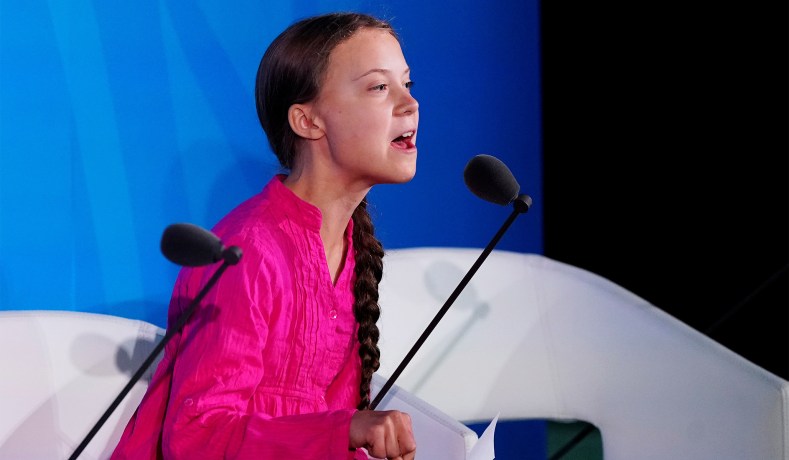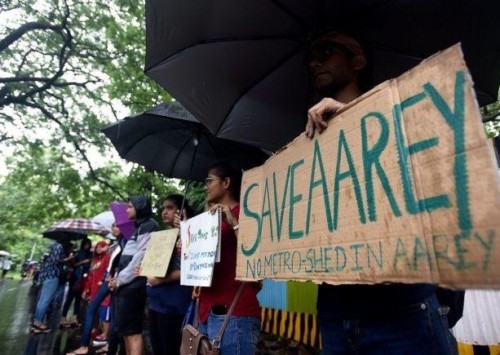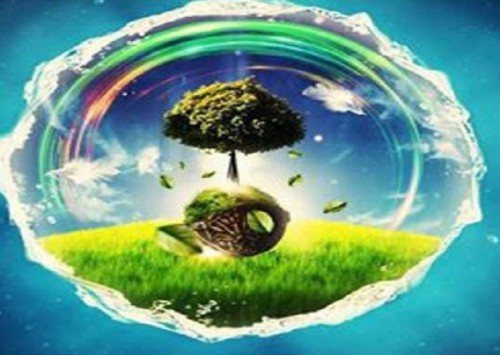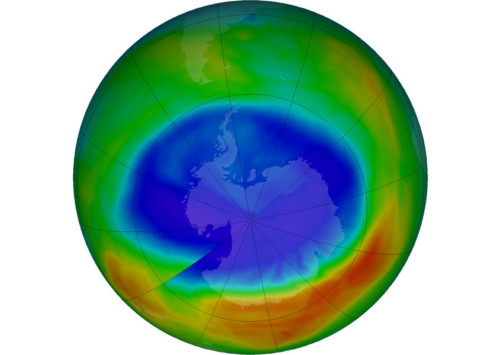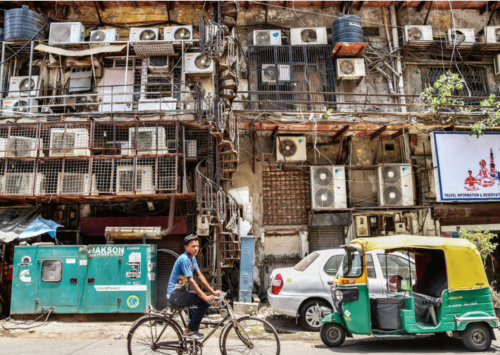Greta Thunberg and her band of youth
The recent months have seen thousands of students hitting the streets all over the world to protest inaction on climate change. What will happen to the cause when they grow up?
Greta Thunberg, the Swedish school girl, delivered a hard speech at the Climate Change meeting at the United Nations in New York, last month. In her speech, followed by global media and delivered to a full house of the leaders of the world, Thunberg minced no words when she lashed out at the current set of global leaders for letting her generation and those to follow down through their pretenses and inaction on climate change, even while the crisis develops further and envelopes an increasing part of our lives all around the world.
Thunberg has hogged the limelight on climate change for over a year now, since she missed school to protest outside the Swedish Parliament last August on the issue. Since then, she has inspired thousands of students, not just in Sweden or Europe, but indeed across the world as they formed a loose alliance under ‘Fridays for Future’ where they organise regular demonstrations in and outside their schools and in cities all over, denouncing the global leaders for letting their generation down.
Since her first protest, Thunberg has indeed become a household name and not just amongst those who deal with climate change or those who are worried about the fate of the world. Indeed, since last year, Thunberg has become a regular fixture at key climate change meetings, including last month, when she landed in New York having sailed across the Atlantic on a solar-powered boat from Europe.
It has been heartening to see how quickly a protest by a single teenager has snowballed into a global movement and the one that is rocking the boat of our current moribund leaders. Partly of course, Thunberg and her fellow students from around the world, owe it to the social media in particular and media in general for the success of their protest.
But is the protest an end in itself or is the campaign something that should logically end when the world has taken enough proactive steps to curb carbon emissions to ensure that the rise in global temperatures is arrested below the 1.5°C mark set by the Paris Agreement on Climate Change, signed in December 2015.
The battle to save the climate, as with another global issue, such as human rights or protecting indigenous peoples’ rights or even democracy, is not something that can be won in a few months or even years. It needs high awareness and immediate action on a sustained basis for perhaps decades. However, so far, at least, the protests and their leaders don’t seem to have had the longevity and tenacity to take the fights to their logical conclusion.
Somewhere, somehow the protestors and their leaders grow up and get busy with the struggles of their own lives or pursuit of their ambitions and passions. This is what happened, for instance, with the popular protests and movements that began in 1992, the year that Rio de Janeiro hosted the United Nations Conference on Environment & Development or Earth Summit, the first such global environmental activity that had seen leaders from all over the world come to Brazil and take the pledge to do all that was needed to save the world and its environment and hence the Earth.
The Summit was preceded and followed by intense involvement of the civil society especially the youth from around the world that kept the pressure on the governments and leaders to do much more to ensure sustainable development. The Rio meet ended with at least five key agreements and declarations, including one on climate change and another on forests. However, nearly 30 years on, the situation is anything but promising on any of the declarations. The world has missed almost of all of its targets and the governments have not honoured any of their commitments.
For nearly two decades after the Rio meet the entire world seemed to have gone to sleep on what clearly were burning issues then and are burning issues now. The leaders and the participants in the protests around Rio were also no longer visible in the public domain as the global economic boom and the tech flare up of the early 21st century seems to have co-opted most of the people, even those who were climate-aware and wanted to do something about it. Many of them may indeed be part of or even leading those very businesses and governments which had seemed to be the core of the problem back in 1992.
So what will happen when Greta and her contemporaries grow up? However, one may not need to despair. Indeed, one can take some solace from the fact that the situation on the ground today seems so much worse and the scale of crisis so much larger than during the time of the preceding generation that the younger generation of today perhaps would not have the luxury of forgetting the environment and sustainable development even for a moment. And that the outbreak of one crisis after another, as has been the case so far for nearly half a decade, would keep Greta and her band of youth glued to their cause. But then, indeed, this is a very sad statement on the result of continued inactivity of our leadership – political and business alike – that one must derive hope from the hopeless situation that our future generations may find themselves in.

